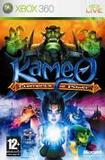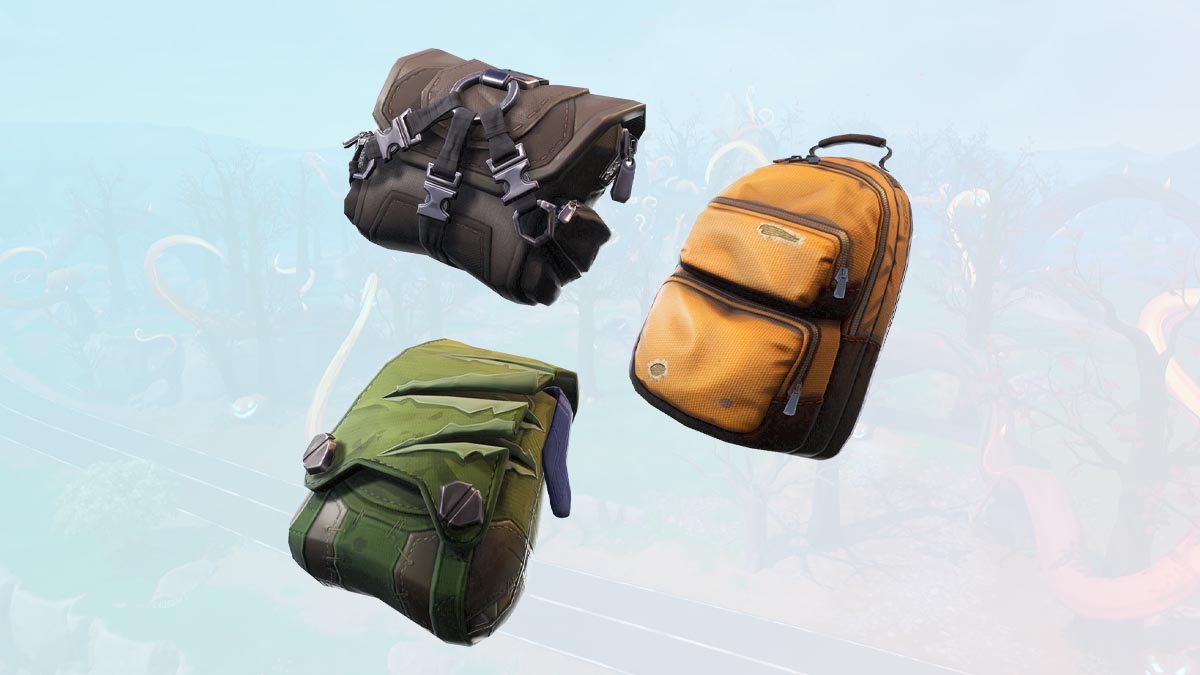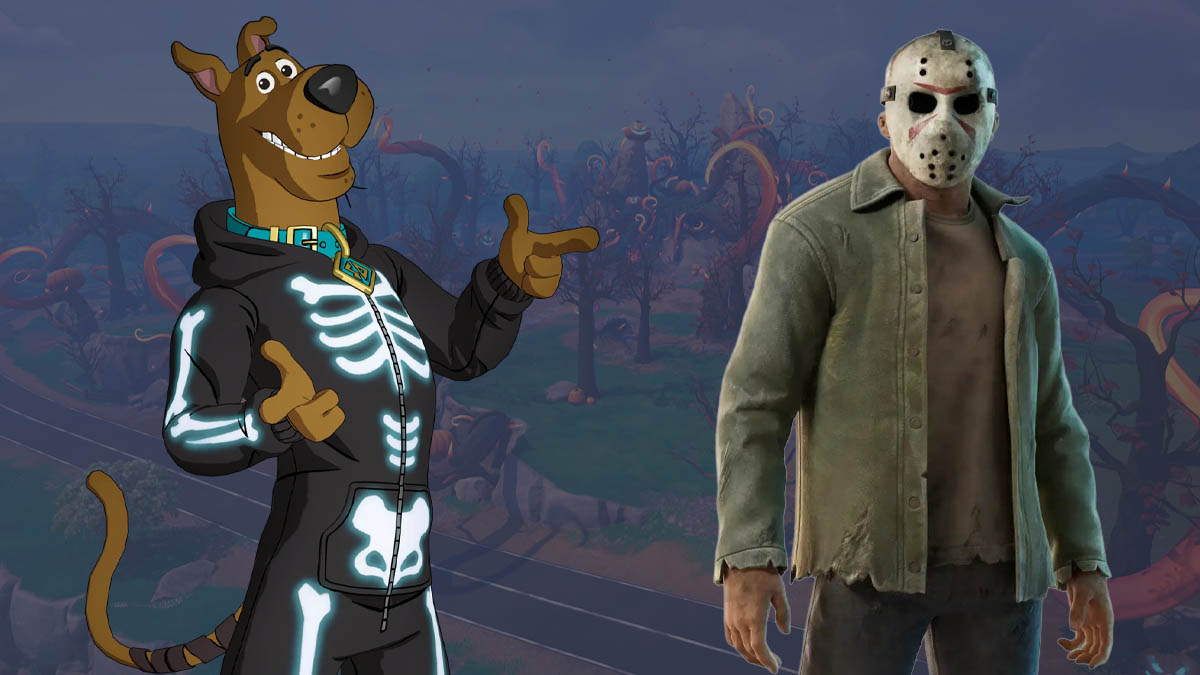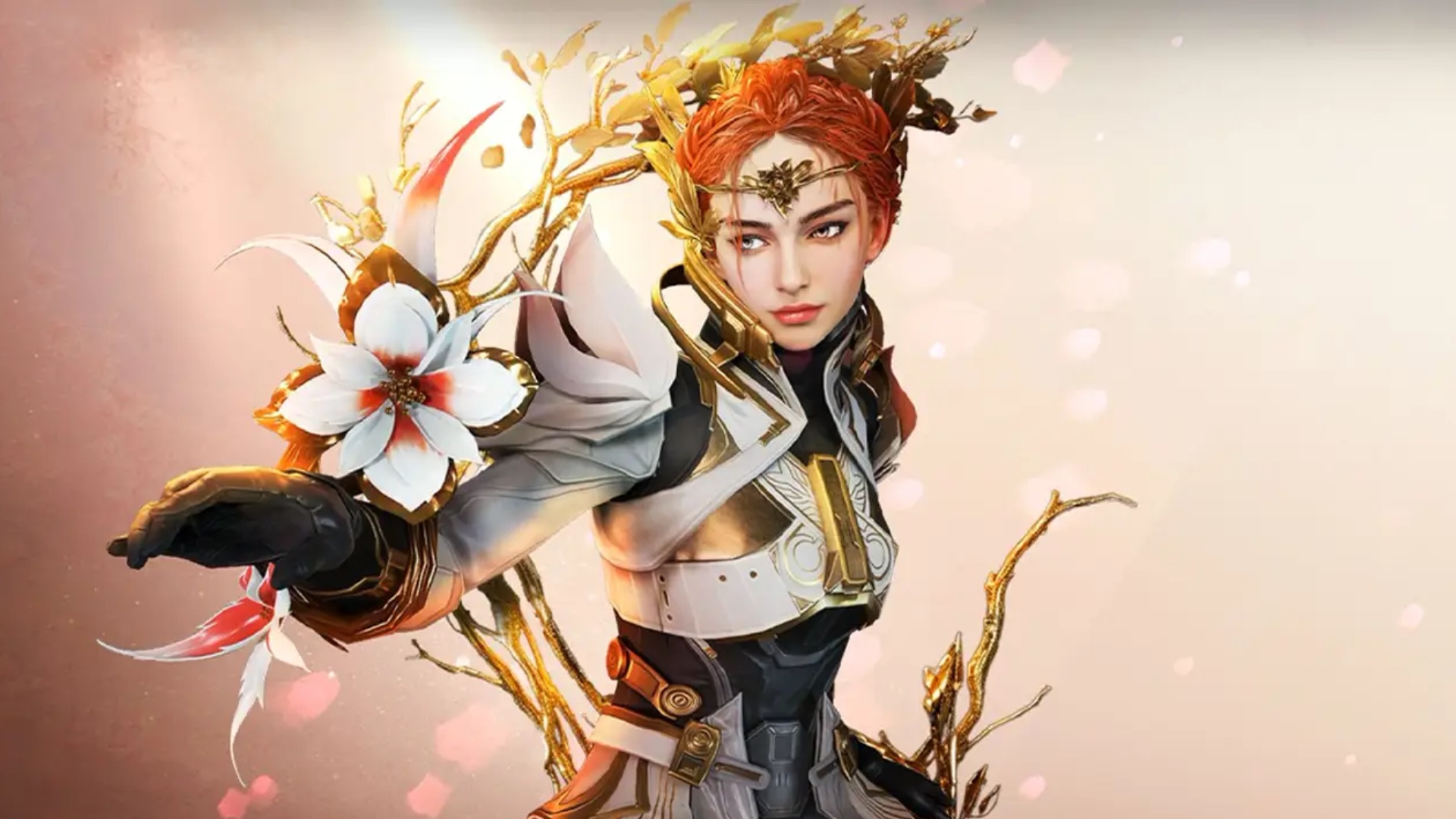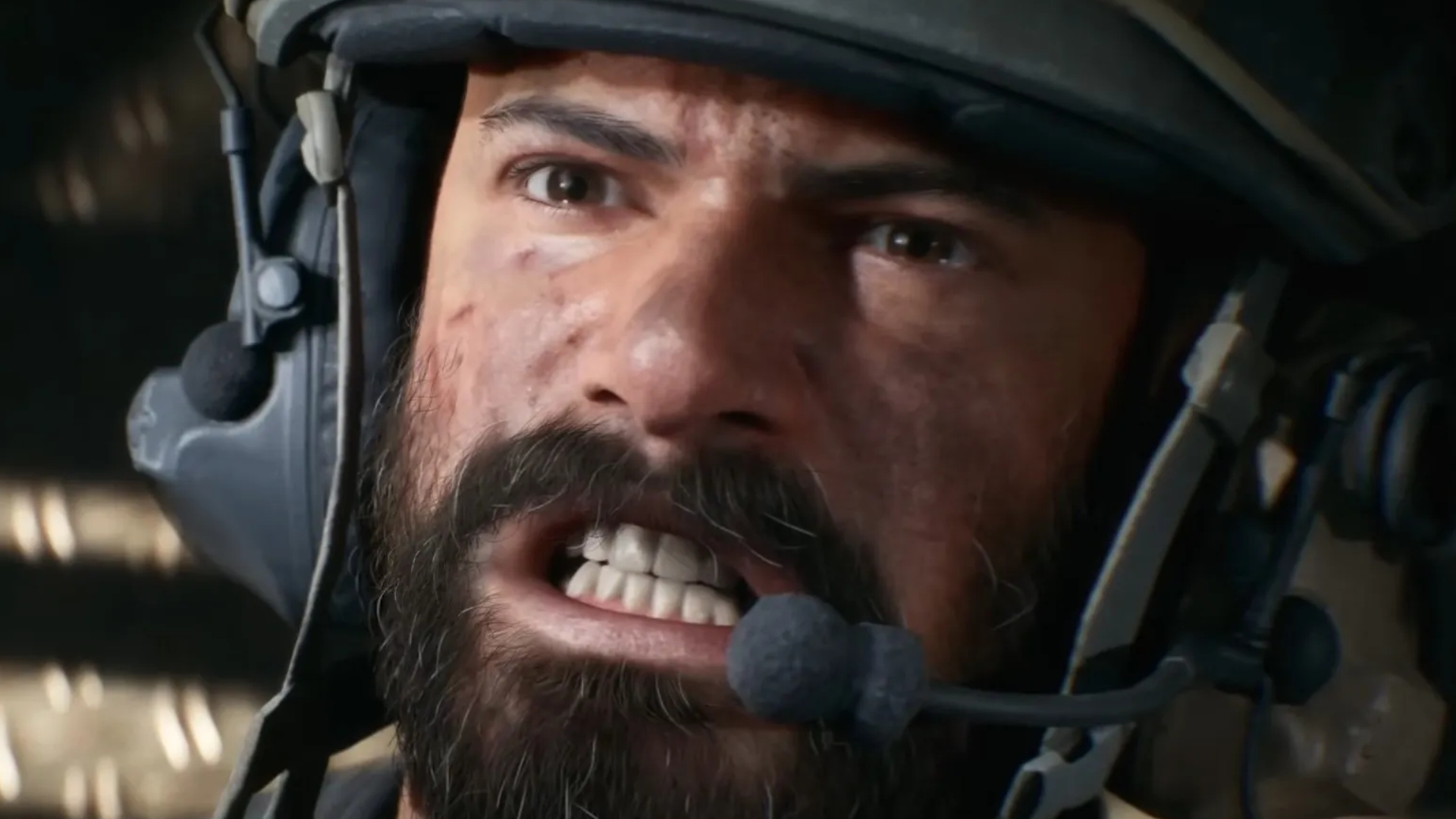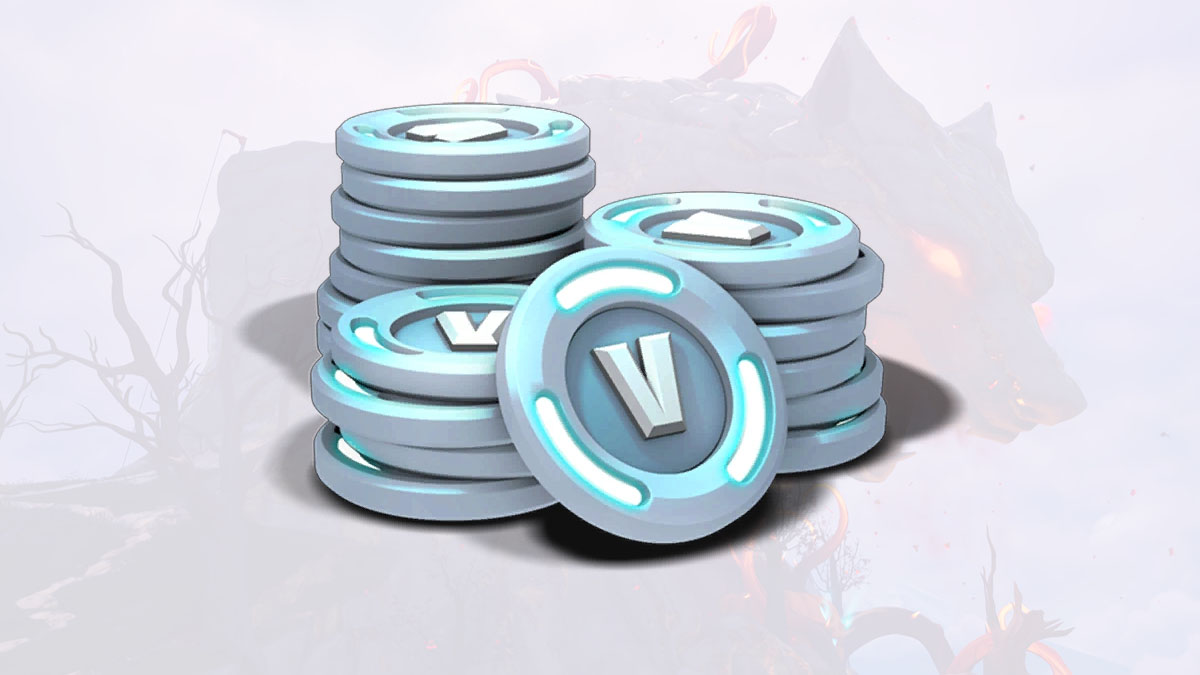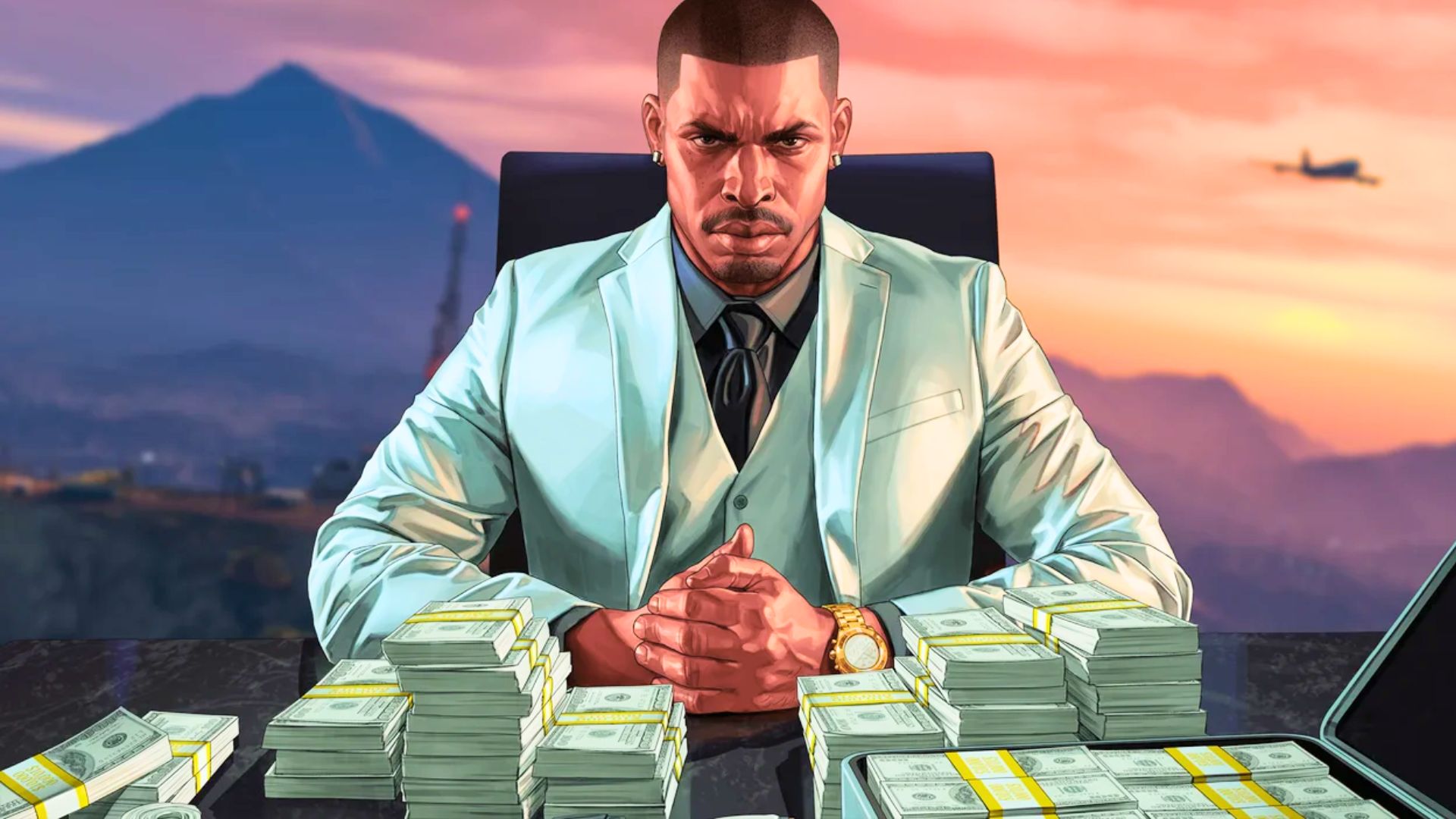You can trust VideoGamer. Our team of gaming experts spend hours testing and reviewing the latest games, to ensure you're reading the most comprehensive guide possible. Rest assured, all imagery and advice is unique and original. Check out how we test and review games here
Yesterday we brought you the first part of our mammoth interview with Rare’s design director George Andreas. Today, in the second part, Andreas goes in depth on Project Natal, the current focus of the legendary UK developer’s attention. Just how revolutionary is it? Can a first-person shooter work on Natal? Are core games now behind Rare? Read on for the answers to those questions and more.
VideoGamer.com: You’ve advertised for developers to help work on Project Natal. What’s your opinion on that technology now there’s been some time to absorb the unveiling at E3?
George Andreas: I remember when we first saw stuff on Natal, I remember being amazed by some of the demos. Just from a creative perspective, it just boggles the mind in terms of what can be achieved and what is possible. I can honestly say that each and every day that I come into work, my mind continues to boggle. I still see new things. I still feel that initial rush of creative energy and thinking, wow, this is an amazing piece of technology, just wait till you see what we can do with this.
That is amplified day after day after day. The more we learn about the technology the more we can do. From a creative perspective it is most certainly the biggest creative challenge I think the industry has seen for a very, very long time. It’s very easy to discard it as something that isn’t so creative. I hear some people think it’s very easy to design for. But believe you me, on a scale of one to ten in terms of difficulty to design for, from a creative challenge anyway, it’s very high up that scale.
But when we first saw it we were really enthusiastic about it. As we learn more about it we continue to be enthusiastic about it. We learn more and it just fires our creative imaginations. I do feel in many ways that – and I’ve said this to some people as well – for me this is really the first time that Microsoft and Rare are on a very similar path. We’ve obviously been tasked to create experiences that nobody else can create, which explains things like your Kameos and your Piñatas and your Banjos. But obviously the hardware is aimed at a different demographic, and so we’ve always battled against that.
Whereas now with Natal, it looks like the roads are on the same path. It’s a union of the two philosophies of the different companies, I guess. Natal is supposed to reach out to a broader audience and a broader consumer, and Rare’s products are always aiming in that direction as well. So from that perspective the future looks incredibly bright for us really. It’s definitely something everyone’s enthused about and energised about.
VideoGamer.com: Does Natal have application for more core focused games? Will core gamers accept Natal in terms of games they’d like to play?
GA: It always comes down to the experiences themselves. You could argue that hardcore gamers are a little bit selfish. In their tastes and what they like – they know what they like, they know what they don’t like. Trying to get a core gamer to do something they’re not used to is going to be a challenge, yes. Does that mean it’s an impossible challenge? I don’t think so. We’re learning a lot of stuff about Natal every day, and there are many types of experiences that can be created with that technology. You just need to be able to rethink how you approach those particular design problems.
Obviously the buttons and the controller itself are gone, so there’s a different type of challenge there. How do you engage the player with something that isn’t tactile, that isn’t something that they’re used to pressing – R trigger to fire for instance. Are there ways around that? Yes there are. It’s just down to the individuals and making sure you put your best creative people on that task. It’s just thinking about things in a very different way.
To take a shooter, as an example, you would just have to rethink the way a shooter works. Shooters work the way they do at the moment because they’re based around the original Xbox 360 controller. You throw that away, you throw that interface away and here’s a completely different interface – now how do we create a shooter for this? Does it mean that you have to run, strafe, turn, throw grenades in the way that you’re used to? Maybe not. Maybe there’s another way of doing shooters.
I think back to the original one stick controllers, way back when, things like the Atari VCS for instance, where you had one stick and you had one button. The kind of experiences you create for that are very different to the kind of experiences you create for the modern day 360 gamer pad. The experience has evolved with two sticks, multiple buttons, and it promotes very much twitch gameplay I guess. It’s just trying to rethink that whole genre with a completely different interface.
You’re probably not going to get exactly the same experience that you do with a conventional controller, but that could also be a very good thing. There may be new avenues there that people haven’t explored yet that might open the product up to an even broader audience. We don’t know.
VideoGamer.com: I guess the initial reaction was that core genres, like the shooter, wouldn’t really work with Project Natal, but from what you’re saying it’s something that might have a chance.
GA: Yeah. I think they would work, it’s just how they would work, and how they’re executed. If you want to recreate a 16 man shootout on Halo for instance with lots of twitch gameplay and turning and strafing and shooting and throwing grenades and changing weapons very, very quickly, that experience is built predominantly around that control scheme. You would have to think very carefully about your new experience and how that works. So, can you do a shooter on Natal? Of course you can. Will it be exactly the same as something you’re used to on a control pad? The answer to that is probably not, but does that mean it’s better or worse? Well we’ll see what we can do.
VideoGamer.com: Looking back at the titles you’ve worked on, is there anything that stands out? Anything you’re most proud of? Any highlights?
GA: I wouldn’t say there’s one product. I’d say the day I was offered a job at the company I was proud. The day I went from a tester to actually working on a game, that made me proud. Then being a lead designer, then being in charge of a team… kind of just working my way up each time… and I think all of those moments make me proud from a professional perspective.
I also remember actually a few years back when I was walking around E3, and we’d just finished Banjo, we’d just shipped GoldenEye, and there was definitely a feel good vibe of walking around E3 with a Rare t-shirt. I remember going to a play booth and just playing some of the other companies’ games, and just being greeted with… I guess a little bit of fan service really. People were coming up and wanted to talk – oh you’re from Rare, and, oh you’ve just done this game. From a professional point of view, being around your peers and to be receiving that kind of response, made me very, very proud actually, to have been a part of the company during that period.
Other things that have made me proud, and I think make a lot of the guys here proud, not just myself, is – you know we make these experiences, we spend two or three years putting blood, sweat and tears into these products – to actually get responses from the audience that we’ve made the games for, that makes you proud. We still receive letters about Kameo. We still receive letters about Pinata and more recently Banjo – those are the moments that make you proud, because you’ve made a product and a lot of the time you think it’s gone out there and the response from the user is kind of minimal unless you go online and you look at the forums and read up that kind of stuff. But actually getting something back from the audience themselves, it’s very personal, and getting personal letters and kids drawing pictures of the characters and all that sort of stuff – and we keep a lot of that stuff here, we actually put it up on our walls around some of the barns. It’s moments like that that make you proud. At least you know you’ve touched somebody at some point.
VideoGamer.com: Are there any classic Rare franchises that you’d love to return to? I know you had a hand in Kameo and we haven’t heard anything from that in a while.
GA: On a personal level, I probably couldn’t pick out one. There’s a handful that spring to mind. Natal as well gives us an opportunity to maybe at some point in the future investigate some of those older IPs. I won’t name names.
VideoGamer.com: Shame! You should name names. We like that!
GA: [Laughs] There are a few that kind of spring to mind. One in particular actually I think we can do an absolutely phenomenal, absolutely phenomenal version on with Natal. The interface, the way you interact with it – I think it would be an absolutely world-beating product. But again, we kind of need to explore a little bit more in that direction. But yes, there are IP that we have looked at and are looking at and will be looking at in the future as well. So, never say never. Nothing is dead in the water. There is always scope to bring something back if we feel it’s the right time.
VideoGamer.com: You won’t tell me what that world-beating game is then?
GA: Maybe another time! I’ll keep that to myself for now.
VideoGamer.com: Thanks for your time George.
Perfect Dark is due out on XBLA this winter.
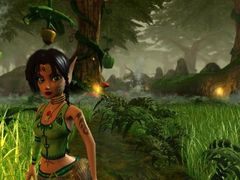
/https://oimg.videogamer.com/images/bd75/viva_pinata_85.jpg)
/https://oimg.videogamer.com/images/af7d/perfect_dark_zero_10.jpg)
/https://oimg.videogamer.com/images/9e47/conker_live_and_reloaded_108.jpg)
